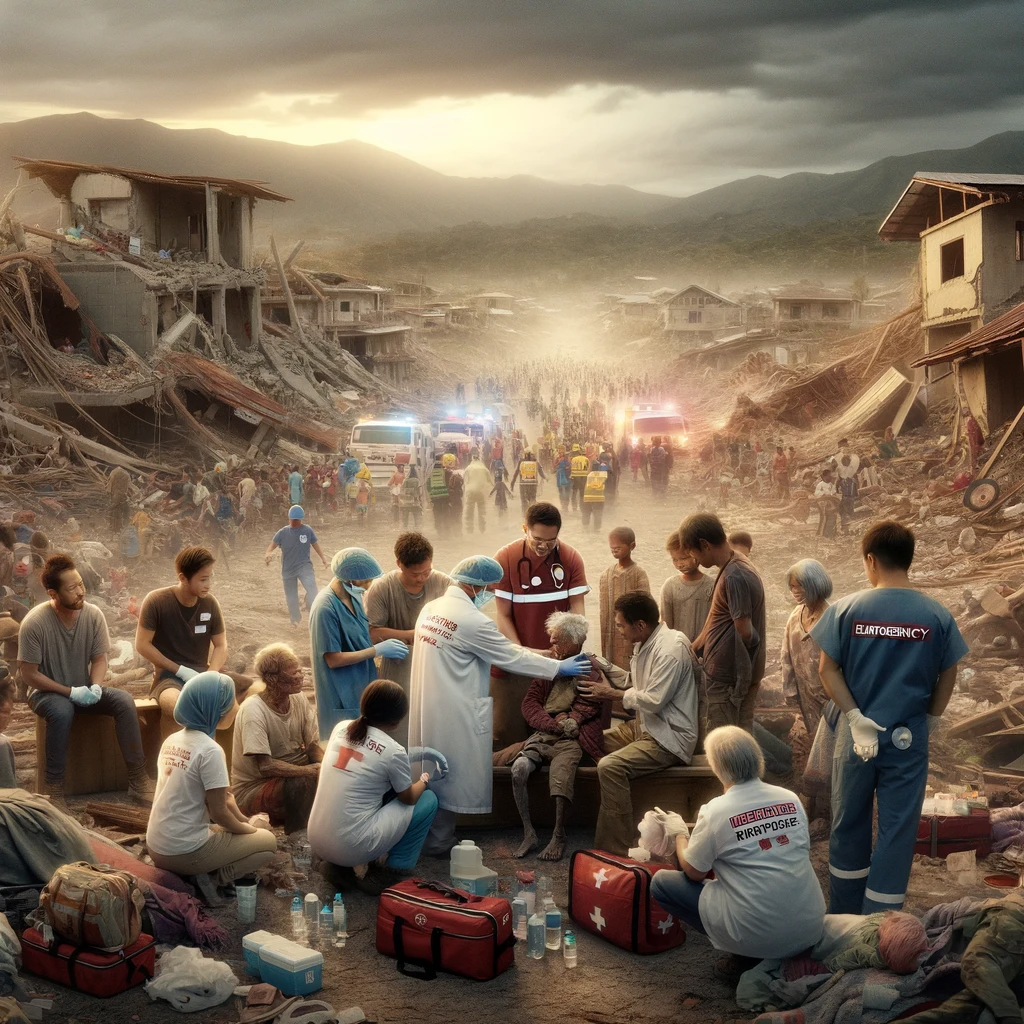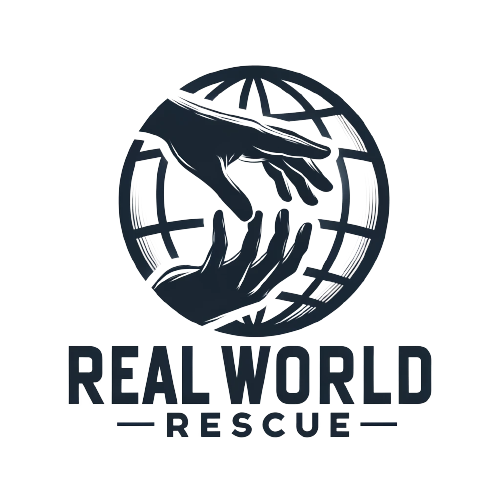In the wake of natural disasters, the world often witnesses unparalleled devastation that leaves communities in dire need of assistance. Amidst the chaos, the concept of ‘World Rescue’ becomes a beacon of hope, particularly through the lens of medical relief efforts. This article delves into the indispensable role that medical relief plays in disaster zones, underscoring its significance in saving lives and restoring hope to affected populations.

The Lifeline of Medical Relief
Medical relief in disaster zones is the frontline defense against the escalation of disaster-induced casualties. When disaster strikes, infrastructure crumbles, and healthcare facilities are often among the first to be compromised. In such critical times, the swift deployment of medical relief teams becomes the lifeline for survivors. These teams, often part of ‘World Rescue’ missions, provide immediate care, prevent disease outbreaks, and offer psychological support to the traumatized victims.
Bridging the Healthcare Gap
In the aftermath of a disaster, the healthcare gap widens as local medical facilities struggle to cope with the surge in demand. ‘World Rescue’ medical teams fill this gap by setting up field hospitals, mobile clinics, and emergency care units. These makeshift medical facilities are equipped to offer a range of services from basic first aid to surgical interventions, ensuring that healthcare remains accessible even in the most adverse conditions.
Preventing Secondary Disasters
One of the most critical aspects of medical relief in disaster zones is its role in preventing secondary disasters, such as disease outbreaks. In the crowded and often unsanitary conditions of temporary shelters, the risk of communicable diseases skyrockets. Medical relief teams prioritize sanitation, vaccination, and health education to mitigate these risks, safeguarding the health of thousands and preventing further strain on already limited resources.
Psychological Support: The Unseen Pillar of Relief
The physical wounds of disaster survivors are often visible and attended to, but the psychological scars can be just as debilitating. ‘World Rescue’ missions emphasize the importance of mental health support, providing counseling and therapy to help survivors cope with loss, trauma, and the stress of displacement. This psychological pillar of medical relief is crucial in rebuilding resilient communities.
Training and Empowerment: Building Sustainable Recovery
Beyond immediate medical care, sustainable recovery in disaster zones relies on the training and empowerment of local health workers. ‘World Rescue’ initiatives often include capacity-building programs, where international medical volunteers train local personnel in disaster response and healthcare management. This approach not only enhances the immediate response but also strengthens the community’s resilience against future disasters.
Conclusion
The importance of medical relief in disaster zones cannot be overstated. As an integral component of ‘World Rescue’ missions, it embodies the collective effort of the international community to alleviate suffering and restore dignity to those affected by disasters. The commitment to medical relief is a testament to the power of solidarity, compassion, and humanity in the face of adversity.
